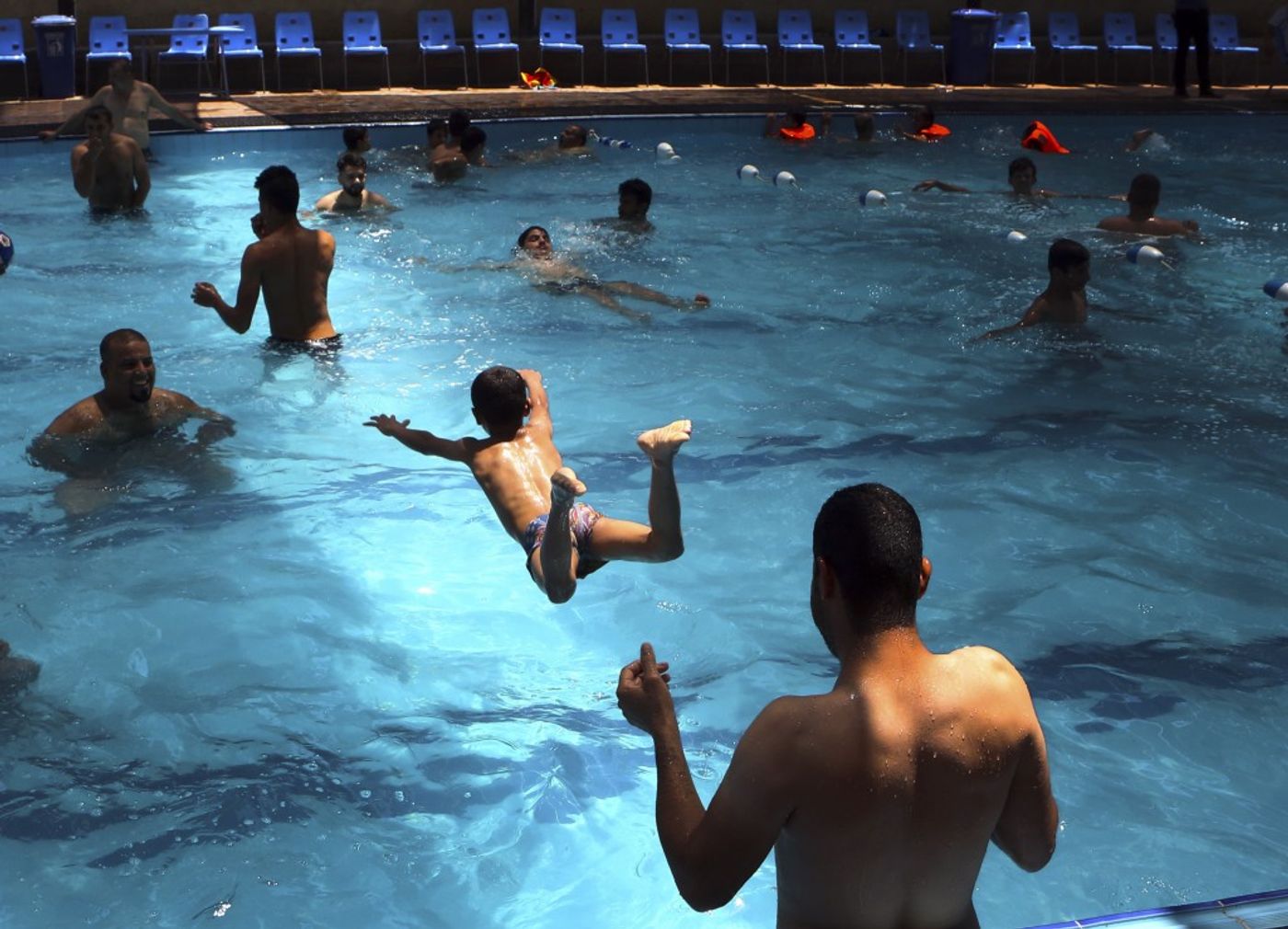Record-shattering temperatures this summer have scorched countries from Morocco to Saudi Arabia and beyond, as climate experts warn that the severe weather could be a harbinger of worse to come. In coming decades, U.N. officials and climate scientists predict that the region’s mushrooming populations will face extreme water scarcity, temperatures almost too hot for human survival and other consequences of global warming. If that happens, conflicts and refugee crises far greater than those now underway are probable, said Adel Abdellatif, a senior adviser at the U.N. Development Program’s Regional Bureau for Arab States who has worked on studies about the effect of climate change on the region.
“This incredible weather shows that climate change is already taking a toll now and that it is — by far — one of the biggest challenges ever faced by this region,” he said.
These countries have grappled with remarkably warm summers in recent years, but this year has been particularly brutal.
Parts of the United Arab Emirates and Iran experienced a heat index — a measurement that factors in humidity as well as temperature — that soared to 140 degrees in July, and Jiddah, Saudi Arabia, recorded an all-time high temperature of nearly 126 degrees. Southern Morocco’s relatively cooler climate suddenly sizzled last month, with temperatures surging to highs between 109 and 116 degrees. In May, record-breaking temperatures in Israel led to a surge in heat-related illnesses.
Temperatures in Kuwait and Iraq startled observers. On July 22, the mercury climbed to 129 degrees in the southern Iraqi city of Basra. A day earlier, it reached 129.2 in Mitribah, Kuwait. If confirmed by the World Meteorological Organization, the two temperatures would be the hottest ever recorded in the Eastern Hemisphere.The bad news isn’t over, either. Iraq’s heat wave is expected to continue this week.
Stepping outside is like “walking into a fire,” said Zainab Guman, a 26-year-old university student who lives in Basra. “It’s like everything on your body — your skin, your eyes, your nose — starts to burn,” she said. Guman has rarely left home during daylight hours since June, when temperatures started rising above 120 degrees and metal objects outside turned into searing-hot hazards.
Bassem Antoine, an Iraqi economist, said the weather has inflicted serious damage to the country’s economy. He estimates that Iraq’s gross domestic product — about $230 billion annually — has probably contracted 10 to 20 percent during the summer heat. Iraqi officials say scores of farmers across the country have been struggling with wilting crops, and general workforce productivity has decreased.
Hospitals, meanwhile, have seen an uptick in the number of people suffering from dehydration and heat exhaustion. Tens of thousands of Iraqis displaced by battles between government forces and Islamic State militants have endured the heat in tents and other makeshift shelters. Humanitarian organizations have been unable to reach all of them because of budget constraints, restrictions by Iraq’s government and risks associated with operating in war zones.
“A lot of these people are probably dying, but it’s hard to know,” said an official at an aid organization who was not authorized to discuss the issue publicly and so spoke on the condition of anonymity.
In Baghdad, the capital, the temperature measured at the international airport has reached 109 degrees or higher nearly every day since June 19. The city has been 10 and even 20 degrees warmer than normal for this time of year.
“If you look back 40 years ago, you’d have these temperatures for four or five days, but then the wind would kick up dust and that would cool the surface. That’s just not happening now,” he said.
Climate scientists say this shouldn’t be surprising. A study published by the journal Nature Climate Change in October predicted that heat waves in parts of the Persian Gulf could threaten human survival toward the end of the century. Researchers at the Max Planck Institute for Chemistry and the Cyprus Institute in Nicosia recently predicted a similarly grim fate for the Middle East and North Africa, a vast area currently home to about a half-billion people.
This story was republished from The Washington Post. It may have been edited or reorganized for publication purposes. Mustafa Salim in Baghdad and Sheikha al-Dosary in Riyadh, Saudi Arabia, contributed this report.
Source:
The Washington Post










